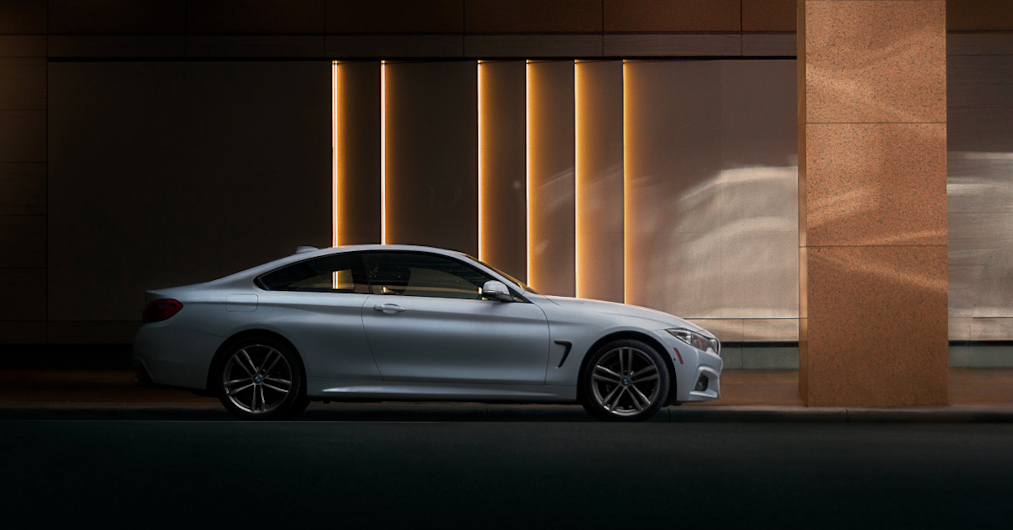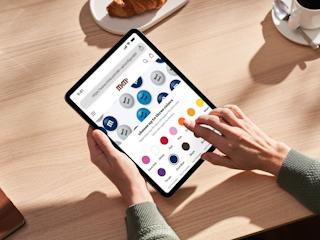We started the campaign with a test: Hard value communication, with product focus against emotional storytelling, both targeted women 30 - 55.
We tried, learned, and tried harder. This sums up the approach we wanted to implement throughout our process. In this responsive and interactive project, we needed to go beyond wireframes and sketches, so we coded real prototypes to make user testing closer to reality. This gave us the opportunity to make better design decisions for the end product.
We realized that we needed to define each model’s characteristics and personality. We let data and user insights lead the way to create a personality matrix. With this matrix we could easily translate seat counts, luggage space and desired car characteristics to usable data for the customers. This bridges the gap between formal stock list car data and the BMW experience.
To be able to adopt this approach all the way and include the technology, we decided to go for a solution that is flexible and scalable for both future needs of functionality, integrations and markets, but also for traffic and performance requirements.
Therefore, we went for a Microservices architecture approach using Cloud services in Azure. This allows us to easily add further integrations to internal systems at BMW, external systems or new sources for stock cars without having to affect the rest of the solution. And as the application requires rich interaction and at the same time has to live up to the demands of public web applications with fast loading times and SEO-accessible content, we also decided to build a so-called "Universal Javascript application." This combines the performance and SEO benefits of a traditional server web application and the user experience of a single page application. All in all, what we have built is a sustainable application that can evolve as we go, due to putting an agile architecture in place.












